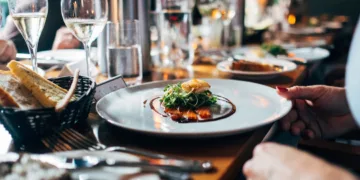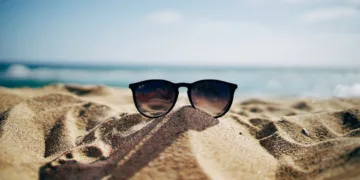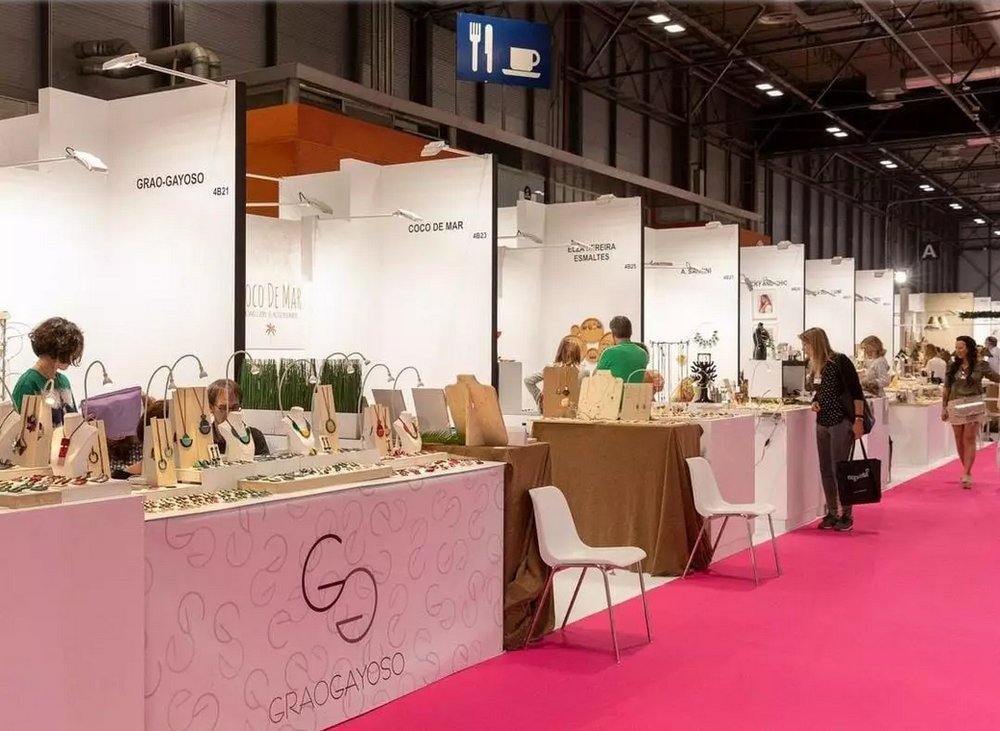Explore how Hong Kong’s luxury retail scene is transforming amidst a decline in high-spending Chinese tourists. Discover the shift towards cultural experiences over shopping sprees and the strategies adopted by retailers in response. Stay informed on the evolving landscape and collaborative efforts by the government and tourism sector to diversify the city’s appeal.
In the dynamic world of Hong Kong luxury retail, a changing consumer landscape is reshaping traditional norms. This article delves into the city’s transformation as it adjusts to a decline in high-spending Chinese tourists, emphasizing a pivot towards cultural experiences over extravagant shopping.
Before the pandemic, Hong Kong stood out globally, drawing affluent mainland Chinese visitors to its multi-brand department stores and ultra-luxury brands. However, emerging alternatives like Hainan Island, evolving consumer preferences, and the surge in online shopping have triggered a fundamental shift in demand for luxury goods in Hong Kong.
Industry experts highlight this shift, with Rosanna Tang, an executive director at Cushman & Wakefield, noting, «The focus of visitors in Hong Kong has shifted from ‘shop till you drop’ to a greater desire for local culture and experience-based touring.»
As a response to the changing landscape, retailers are reevaluating strategies. Overnight and same-day visitor shopping spend has declined, prompting a redirection of focus towards food and beverage outlets. Notably, Harvey Nichols, a prominent British luxury department store, recently announced the relinquishment of its flagship store in the upscale Landmark mall, signaling a departure from the traditional emphasis on shopping.
The decline in visitor numbers, currently at 60% of 2018 levels, combined with a 20% reduction in total retail sales since 2018, has triggered collaborative efforts from the government and the tourism sector. The goal is to diversify the city’s appeal beyond luxury spending and attract visitors to nature and leisure attractions.
To counterbalance the impact of stringent regulations and anti-government protests, the government is embarking on initiatives ranging from large-scale festivals to green tourism in outlying islands and the creation of a hiking hub. However, the effectiveness of these strategies in reigniting spending remains uncertain.
Luxury hotel occupancy remains robust but is primarily driven by the return of business travelers. Notably, closures of prominent stores, including Harvey Nichols, Valentino, Burberry, and LVMH’s Tiffany, underscore the evolving retail landscape. Despite retail rents being the highest in Asia, having dropped about 40% since 2019, the industry grapples with the challenge of enticing back the once-dominant luxury shoppers.
In this era of change, Hong Kong’s luxury retailers are navigating uncharted waters, embracing a paradigm shift where the allure of cultural experiences competes with the extravagance of high-end brands. Stay informed on the latest developments shaping Hong Kong’s luxury retail landscape.


































